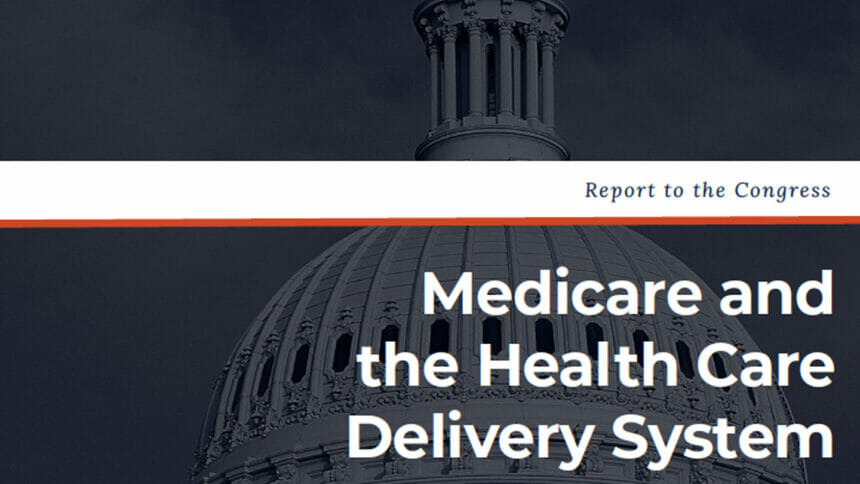
An attempt to unify payments for providers across all types of post-acute care is “analytically within reach,” but extensive policy changes that would likely be needed, remain an imposing barrier to moving forward, says a report submitted to Congress Thursday.
The Medicare Payment Advisory Commission has been studying potential designs of a uniform prospective payment system for post-acute care providers (PAC PPS) since required to do so by the IMPACT Act in 2014.
It would align payment methodologies among skilled nursing facilities, home health agencies, inpatient rehabilitation facilities, and long-term care hospitals. MedPAC has issued previous reports updating Congress on its efforts and potential design elements. This year, MedPAC reviewed a separate approach to a unified payment system that was created by the Department of Health and Human Services and the Centers for Medicare & Medicaid Services.
“The Secretary took a somewhat different approach than MedPAC did but still came to the conclusion that a unified PAC PPS could be developed with existing data,” MedPAC Executive Director James Matthews, PhD, said during a press briefing. “This is something that is analytically within reach, although there are substantial policy elements that would need to be implemented in conjunction with the PAC PPS that make it somewhat more difficult than simply designing a new system.”
Regulatory alignment, Matthews said, would present a “tremendous administrative challenge” for Medicare. In its executive summary, MedPAC said developing such companion policies “could take many years; implementing them would be complex and possibly controversial.”
Among the required adjustment would be changes to Medicare’s benefit and coverage rules; alignment of cost-sharing requirements across settings so that beneficiaries do not make treatment decisions based on financial considerations; changes to requirements of participation to equalize providers’ costs; and establishment of a new PAC value incentive program “to help counter the incentives inherent in any PPS for providers to stint on needed care or generate unnecessary volume.
The commission did not make recommendations on either proposed system in the report. Instead, members voted to pass full information on to Congress and policymakers so that they can consider it for possible next steps.
Caution against underpaying nursing homes
The impacts of a unified system wouldn’t be clear until a design was chosen, but some redistribution of payment would be likely, MedPAC wrote.
“For example, if payments were set at the average predicted cost across all settings and stays, as in the Commission’s PAC PPS design, payments would shift from high-cost to low-cost settings and providers,” the report said.
And because home health agencies have considerably lower costs than institutional settings like nursing homes, an adjuster for home health stays “would be needed to guard against overpayments for HHA stays and underpayments for institutional PAC stays.”
MedPAC said its analysis, however, found no need for a payment adjustment based on a rural location, beneficiaries who had a preceding hospital stay or those with low incomes. While the commission said a PAC PPS would likely need to measure functional status as a risk adjuster, it also acknowledges that providers “have an incentive to record functional status information in ways that raise payments rather than capture patients’ actual clinical care needs.” It said CMS would need to make regular adjustments to payments to address the effects of upcoding, as the agency already does for hospital and MA payments.
But a complete overhaul of all systems might not be as necessary as it once was, MedPAC noted in its report. The evaluation of a unified payment system began before CMS adopted new, similar payment models for skilled nursing and home health providers.
“The changes that CMS has implemented to the SNF, HHA, and LTCH PPSs in recent years have helped to reduce the incentives these providers had to furnish low-value care (including unnecessary rehabilitation therapy and paying LTCH rates to cases that do not require that level of service),” MedPAC wrote. “Given the considerable resources that would be required to develop and implement a PAC PPS, policymakers may wish to look for opportunities to adopt smaller scale site-neutral policies that could address some of the overlap of similar patients in different settings.”




